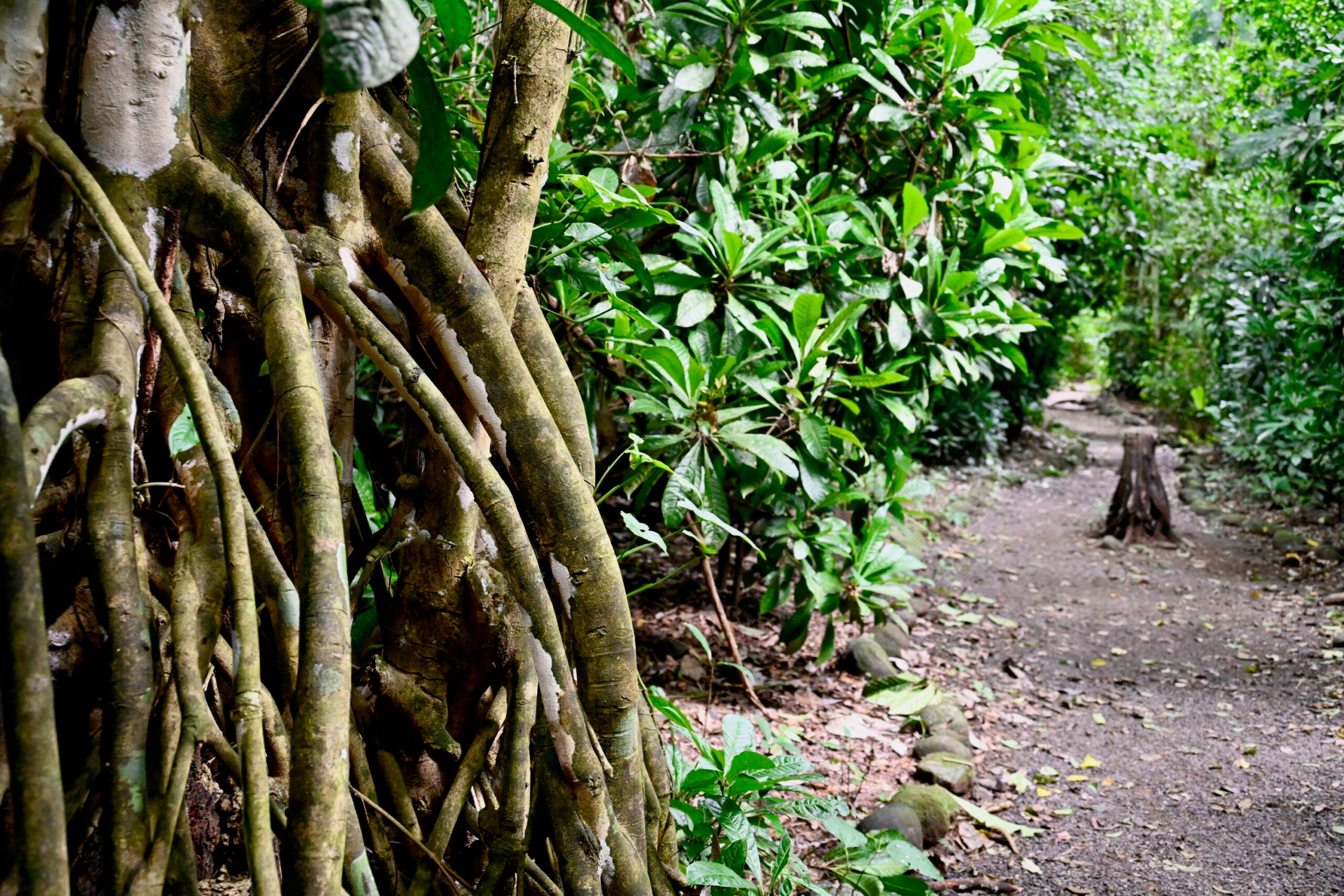Unveiling the Sanctuary of Biodiversity
Welcome to the mystical realm of Carara National Park, a sanctuary of biodiversity located in the heart of Costa Rica. Through the lens of a camera, we embark on a journey to uncover the park's untamed beauty, guided by the detailed EXIF data captured on July 21, 2021. Join us as we delve into the essence of this natural wonder, exploring its landscapes, wildlife, and the unique moments that make Carara a photographer's paradise.
Carara: A Crossroads of Ecosystems
Carara National Park, with its lush forests and diverse ecosystems, stands as a testament to nature's splendor. Situated at a biological crossroads between the North and South American continents, its geographical significance is profound, offering a melting pot of flora and fauna unique to this region. The park's history is rich with tales of pre-Columbian inhabitants, whose presence can still be felt through the scattered archaeological sites hidden within its foliage.
The Rhythms of Nature: Seasonal Transformations
The park's lifeblood is its ever-changing nature, with the dry and wet seasons painting vastly different pictures of the landscape. The dry season (December to April) unveils clearer skies and a more subdued palette, while the wet season (May to November) transforms the park into a verdant paradise, teeming with life and the vibrant colors of blooming flora.
Migratory Marvels: Birdwatching in Carara
One of the park's most captivating seasonal phenomena is the migration of birds. Carara is a critical stopover for countless species, including the spectacular scarlet macaw, offering birdwatchers and photographers alike a chance to witness these magnificent creatures in their natural habitat.
Carara: A Sanctuary for Biodiversity
Carara's true essence lies in its role as a haven for biodiversity. Home to an array of species, some of which are rare or endangered, the park is a living laboratory for ecological and conservation studies. The presence of the scarlet macaw, alongside other fauna such as the American crocodile, various species of monkeys, and a multitude of insect and bird species, underscores the park's ecological value and the critical need for its preservation.
Capturing Carara's Essence: Photographic Challenges and Techniques
The photograph's EXIF data reveals more than just technical settings; it tells the story of a moment captured in time. With an ISO of 3200 and an exposure time of 1/100, the image was taken under challenging light conditions, highlighting the photographer's skill in balancing sensitivity and shutter speed to capture the park's dynamic landscape without the use of flash.
Adapting to Carara's Conditions
Capturing the essence of Carara's landscape poses unique challenges, from the dense canopy that filters sunlight to the fleeting moments of wildlife activity. Photographers venturing into the park must be prepared to adapt to its varying conditions, employing a range of techniques to ensure their images convey the depth and beauty of this natural sanctuary.
Exploring Carara: Tips for the Adventurous Traveler
For those inspired to explore Carara National Park, a few tips can enhance your experience:
- Visit during the early morning or late afternoon for the best light and wildlife activity.
- Bring a versatile lens, like the NIKKOR Z 24-200mm f/4-6.3 VR, to capture both landscapes and wildlife.
- Respect the park's rules and guidelines to minimize your impact on the environment and its inhabitants.
Preserving the Untamed Beauty of Carara
Carara National Park is more than just a destination; it's a journey into the heart of nature's masterpiece. Through the lens of a camera, we not only capture images but also stories, emotions, and the unspoken connection between humanity and the natural world. Let us carry forward the message of conservation and admiration for such pristine landscapes, ensuring they remain untouched for generations to come.

